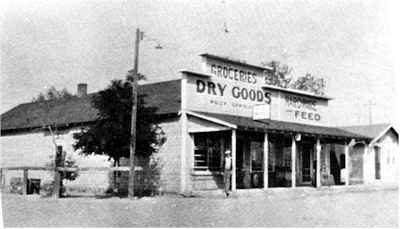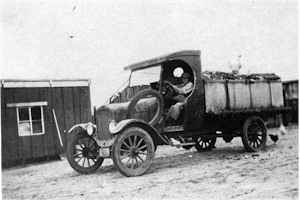Commerce City History
 Commerce City has been three separate towns, Rose Hill, Adams City and Derby. The City of Adams was established in 1903 by the Adams Land and Improvement Company. Rose Hill and Adams City made up the later town of Commerce Town. In 1952 Commerce Town and Derby became Commerce City.
Commerce City has been three separate towns, Rose Hill, Adams City and Derby. The City of Adams was established in 1903 by the Adams Land and Improvement Company. Rose Hill and Adams City made up the later town of Commerce Town. In 1952 Commerce Town and Derby became Commerce City.
Even before the gold rush to the Rockies, the first settlers came to the area in 1852. Truck gardens, livestock and wheat fields helped to make living prosperous in this part of Colorado. Young plants were started in hotbeds set half way into the ground, in late winter so they could get an early start on the normal growing season. Mats made of woven cattails covered the hotbeds.
 In 1867 Danish settlers along Sand Creek began hog farming. Water was supplied from local wells and from ditches that ran from the South Platte River.
In 1867 Danish settlers along Sand Creek began hog farming. Water was supplied from local wells and from ditches that ran from the South Platte River.
 Industry started in the area in 1865 when Timpte, Inc., a truck equipment manufacturing firm, began operations.
Industry started in the area in 1865 when Timpte, Inc., a truck equipment manufacturing firm, began operations.
Beginning in 1871 a one-teacher school provided education for the children of the area. Another school was built in 1899. Cook School was located at the northern end of a 12 square mile district and Sand Creek was located on the south side.
In 1876 Riverside Cemetery, located in and near Commerce City began serving the burial needs of the residents. Many fascinating stories are found in the elaborate tombstones at Riverside Cemetery. In 1892 a Jewish cemetery named Rose Hill Cemetery was established on E. 62nd Ave.
A hatchery was built in 1881 on 88th Avenue in Dupont. Also in Dupont was the original 9-Mile House, a stagecoach rest stop, located on the south side of I-76. Today it carries a Motel sign.

In 1889 Kibler Stove Company employed 200 men in Irondale on Rosemary Street. The Town of Irondale was incorporated in 1924, but was reversed by a later election.
Commerce City people can be proud of the rich heritage given to them by our pioneer forefathers.
(Information for this article was obtained from various sources. An important source was a booklet entitled "Commerce City Reminisces," written by Estelle Hadley and edited by Marge Christianson, long-time City Councilwoman.)


 Commerce City has been three separate towns, Rose Hill, Adams City and Derby. The City of Adams was established in 1903 by the Adams Land and Improvement Company. Rose Hill and Adams City made up the later town of Commerce Town. In 1952 Commerce Town and Derby became Commerce City.
Commerce City has been three separate towns, Rose Hill, Adams City and Derby. The City of Adams was established in 1903 by the Adams Land and Improvement Company. Rose Hill and Adams City made up the later town of Commerce Town. In 1952 Commerce Town and Derby became Commerce City.
 In 1867 Danish settlers along Sand Creek began hog farming. Water was supplied from local wells and from ditches that ran from the South Platte River.
In 1867 Danish settlers along Sand Creek began hog farming. Water was supplied from local wells and from ditches that ran from the South Platte River.
 Industry started in the area in 1865 when Timpte, Inc., a truck equipment manufacturing firm, began operations.
Industry started in the area in 1865 when Timpte, Inc., a truck equipment manufacturing firm, began operations.



